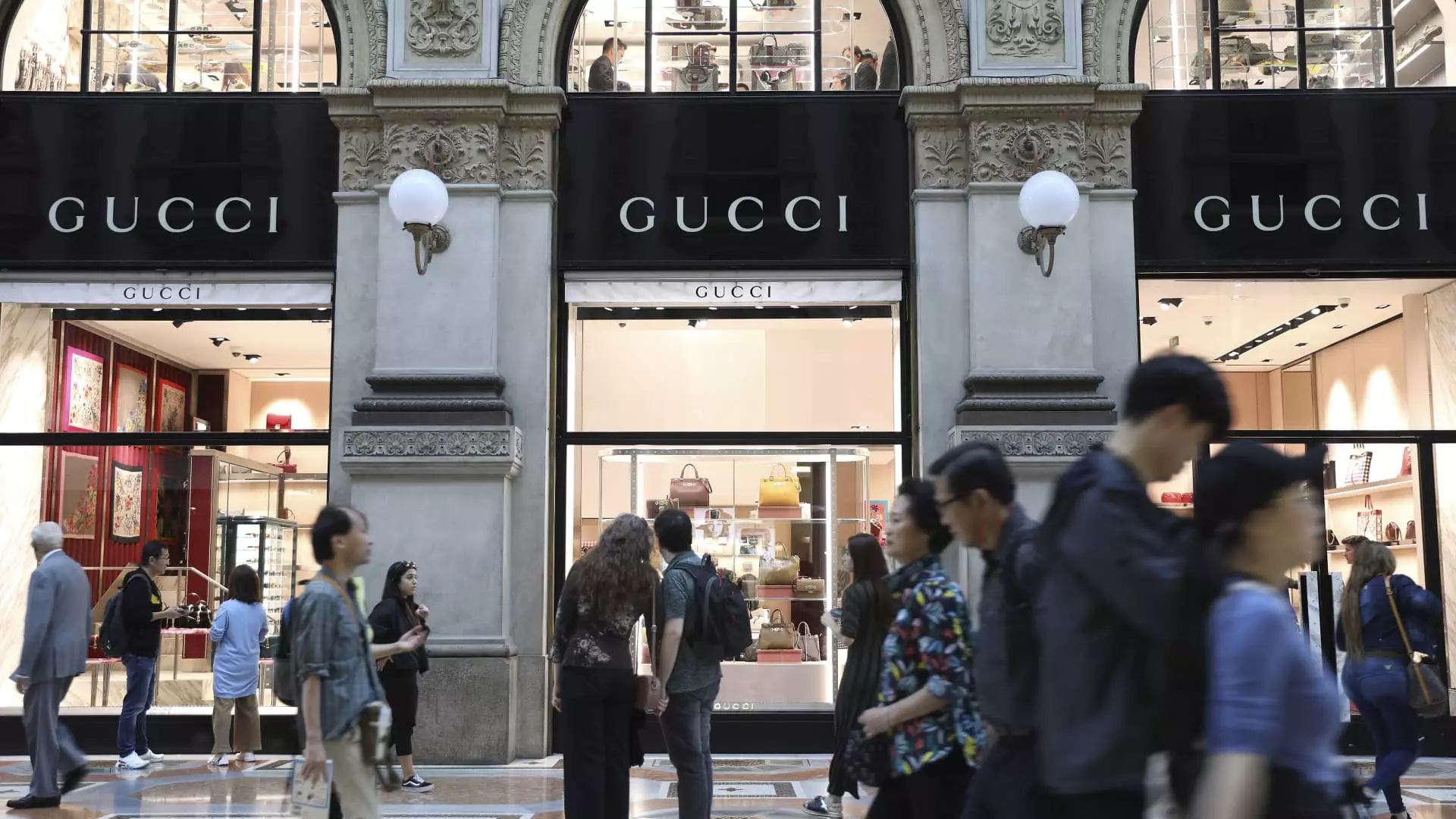In 2024, Europe’s luxury sector has begun to show signs of recovery, following one of its most challenging years in recent memory. This upswing has been notably marked by a series of strong earnings reports from several key players in the industry. Companies like Hermès reported exceptional fourth-quarter sales, defying expectations and hinting at a potential turnaround for the sector. Following these results, analysts have expressed cautiously optimistic views regarding the industry’s trajectory, with many suggesting that the most difficult times appear to be behind us.
The latest earnings season has buoyed investor sentiment, as even companies like LVMH and Kering — which have been struggling in recent periods — managed to exceed quarterly forecasts. Analysts are starting to talk about a “cyclical recovery,” largely fueled by resilience among U.S. and European consumers. Despite the optimism, the specter of lingering issues casts a shadow over the luxury market’s future prospects, particularly concerning declining consumer confidence in China.
A crucial hurdle for the luxury sector remains the sluggish recovery in China, historically a cornerstone of luxury consumption. The decline in sales in this vital market was a common theme echoed in the fourth-quarter reports of several industry titans, including L’Oréal and Kering’s Gucci. As the world’s second-largest economy grapples with its own set of challenges, the impact on luxury brands that heavily rely on Chinese consumers is becoming increasingly evident.
Simone Ragazzi, a portfolio manager at Algebris Investments, warned that while there is a sense of normalization expected moving into 2025, the implications of potential U.S. trade tariffs further complicate the landscape. Trade policies introduced during the Trump administration, aimed at European manufacturers, could hit luxury brands the hardest, given the high production costs and exquisite craftsmanship characteristic of their offerings. Analysts worry about price hikes to offset these tariffs, a move that may alienate cost-conscious consumers and further fragment the market.
Market Dynamics and Brand Resilience
As these pressures mount, luxury brands face a crucial test of their resilience and value proposition. Analysts like Luca Solca from Bernstein emphasize that brands catering to high-end consumer bases are likely to outperform their less resilient counterparts. A powerful indicator of success in this complex market will be the ability of brands to justify their pricing amidst macroeconomic headwinds.
The notion of “buying better” has emerged as a key trend among consumers, indicating that they may prioritize quality and brand loyalty over sheer volume of purchases. In an environment where consumers are more selective, the brands that can maintain a strong narrative and innovative offerings will likely fare better. Carole Madjo from Barclays pointed out that some luxury brands have faced backlash due to a perceived lack of innovation and exorbitant pricing, suggesting that adaptability will be paramount.
The question of what luxury means in today’s marketplace hangs heavily over the industry. Traditional markers of status — such as ownership of iconic brands — might no longer suffice, particularly as younger generations prioritize sustainability and ethical production practices. This shift in consumer priorities could mean that companies that innovate and align themselves with these values may experience a competitive edge in the market.
As the sector grapples with these evolving preferences, analysts underscore the importance of substantial brand narratives and authentic connections with consumers. Not only do brands need to invest in high-quality products, but they should also become storytellers that resonate with the changing ethos of luxury consumerism.
While the luxury sector in Europe has begun to rise from its 2024 lows, the path ahead is anything but clear. The optimism sparked by impressive quarterly earnings must be tempered with a recognition of the underlying challenges that persist, particularly in relation to China and potential U.S. tariffs. As luxury brands navigate this uncertain landscape, they will need to engage with their consumers authentically, innovate continually, and remain responsive to changing market dynamics. The interplay of cautious optimism and firm strategic pivots will be critical in determining the future of Europe’s luxury sector as it seeks to redefine itself in a swiftly evolving marketplace.

